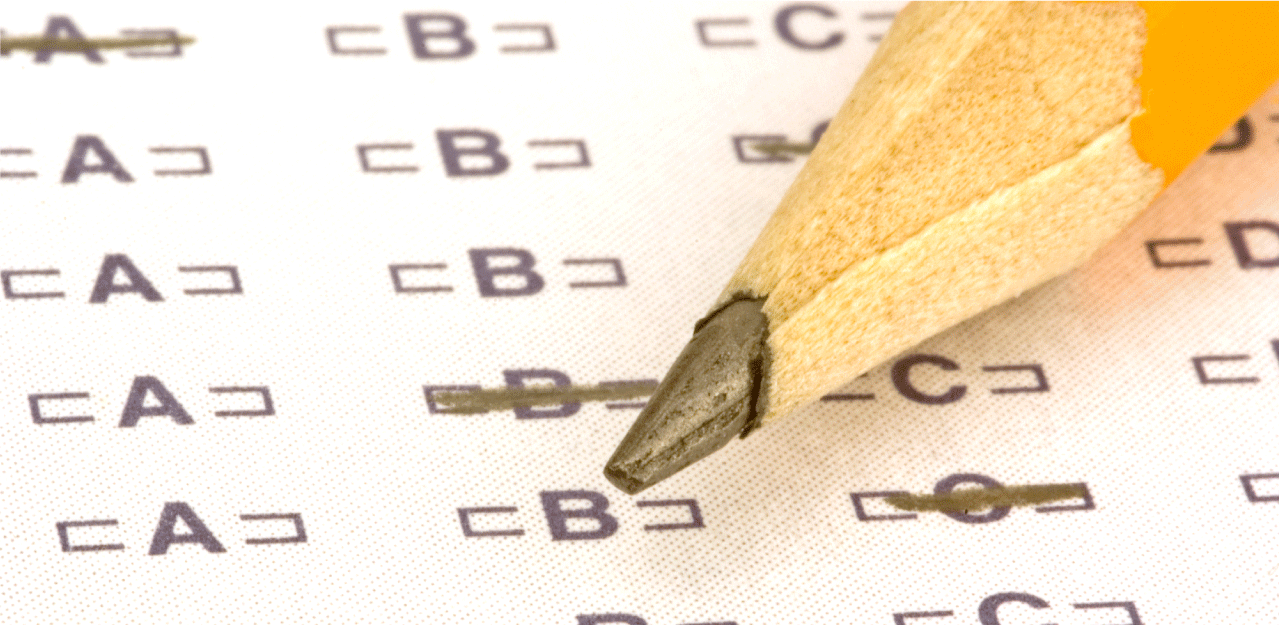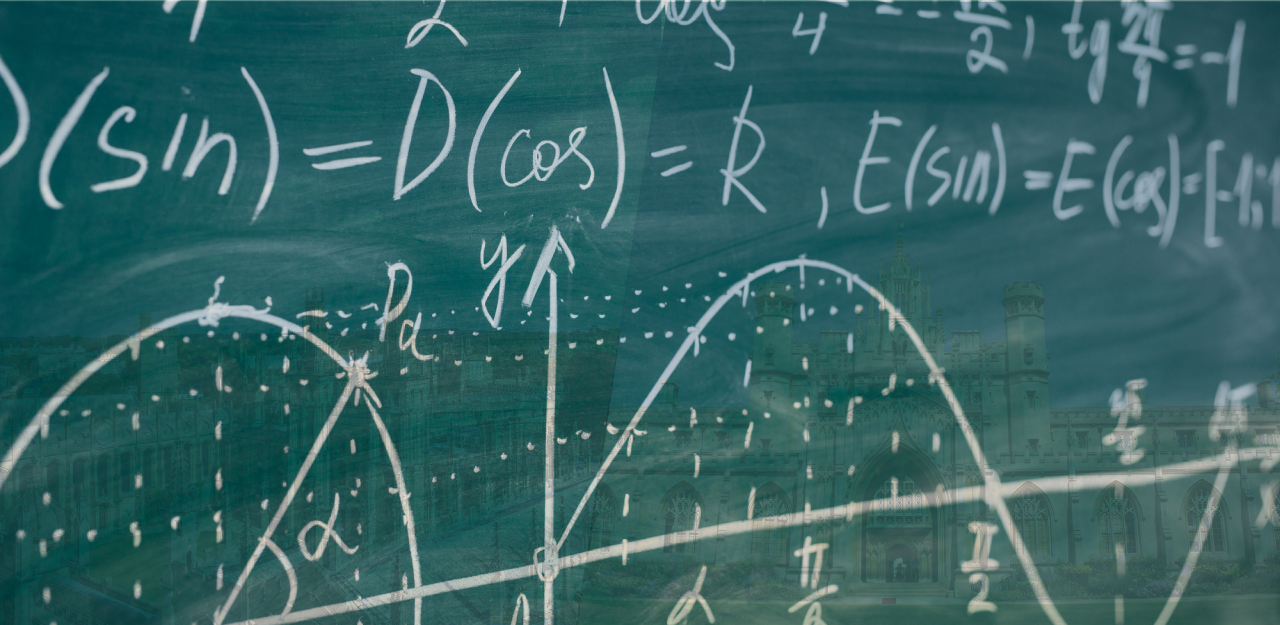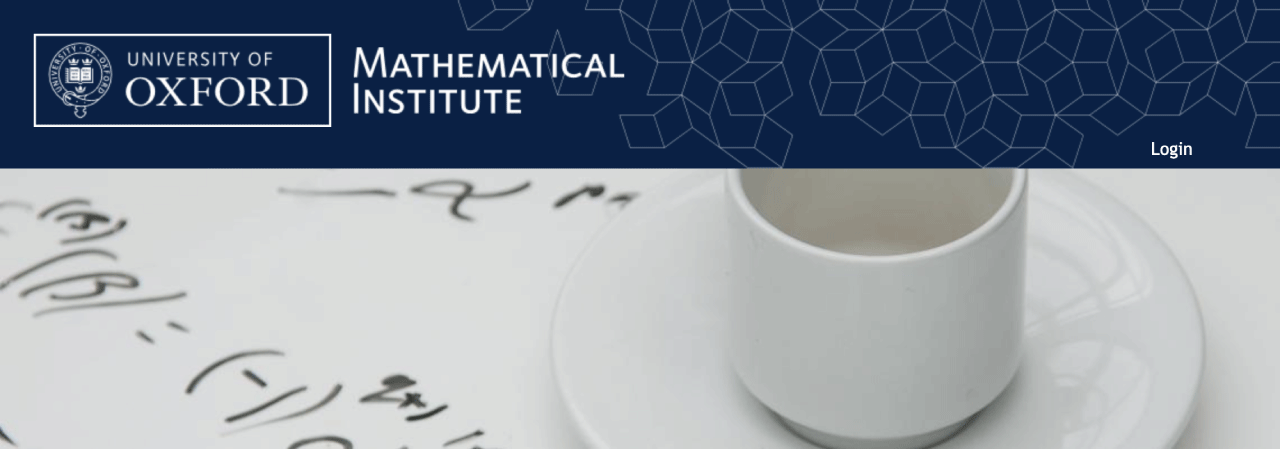Introduction to Oxbridge Entrance Tests

Getting into Oxbridge for any undergraduate course is very challenging because of the high minimum entry requirements, a rigorous interview process and the need of fantastic application essay. However, perhaps what gets the least amount of attention are the various entrance exams. This article we will explore a few of them which many of our students take.
For Mathematics, Oxford and Cambridge, take quite a different approach on their respective entrance exam. The Maths Admissions Test (MAT) is written by Oxford University, and is used by them and Imperial College London for their different computer science or mathematics programs. This exam is 150 mins (two and a half hours) long and requires students to answer five out of the seven questions in the paper. The first question, which is compulsory for all applicants, consists of ten multiple choice mini questions, which tests all the content of the entire syllabus. Depending on the exact course, the remaining four questions are mandated out the six possible alternatives. This exam is incredibly challenging, with average scores ranging from 45 to 70%. The MAT exam is conducted within the first week of November (i.e. around two weeks after the deadline for submitting Oxford applications), and so before any interviews are offered.
On the other hand, the application for Cambridge is a little bit more complex. In addition to pre-interview assessments like the Cambridge Test of Mathematics for University Admission (CTMUA) for courses like Computer Science, Cambridge also requires an additional exam even after the formal interview process and an offer already given. As these are conditional offers, the Faculty of Mathematics, stipulates that any conditional offer is not only dependent on your attaining your predicted grades for your final board exam (IB, A-Level, etc.), but also your performance on the Sixth Term Examination paper (STEP). As the name indicates, this exam is usually conducted around June and incorporates your final two years of study in secondary school. This exam consists of up to two 3-hour papers, with candidates usually required to sit either one or two of the examinations, depending on the specific program and college they have applied to.

We in the Edge also offer tutoring and exam preparation for the ENGAA and the NSAA, which are the Cambridge University pre-interview assessment exams for engineering and natural sciences respectively. These two exams, unlike their maths counterparts, are completely multiple choice. The NSAA compromises of two compulsory sections, each 60 mins long. The first section consists of four parts, with all candidates required to answer part A (Mathematics), and one further part chosen from B (Physics), C (Chemistry), and D (Biology). Each part consists of 20 multiple choice questions, therefore the entire section consists of 40 questions. The second section consists of three parts, X (Physics), Y (Chemistry), and Z (Biology), with candidates only answering one full section consisting of 20 questions. The ENGAA follows a very similar exam structure, with there often having questions overlapping. For the ENGAA, students take two tests as well; with Section 1 consisting of two compulsory parts consisting of 20 questions each – Part A (Mathematics and Physics) and Part B(Advanced Mathematics and Advanced Physics) – and Section 2 consists of 20 multiple-choice questions assessing Advanced Physics.

In addition to these exams, we also teach many of the other Oxbridge entrance exams, like the BMAT (for Medicine) to the ECAA (for economics). These exams are particularly challenging, not only covering a tremendous breadth and depth of content and theory but also requiring candidates to explore their mathematical and scientific creativity. Therefore, we always encourage students to prepare early. So, what are you waiting for?
About The Edge
The Edge Learning Center is Hong Kong’s premier Test Preparation, Academic Tutoring, and Admissions Consulting services provider. Founded in 2008, The Edge has helped thousands of students improve their ACT and SAT scores as well as their IB and AP grades. The AC team has just finished off another successful period in which students gained early acceptance to schools such as Columbia, MIT, UChicago, and more! Check out the rest of our 2019-2020 Admissions Results!


